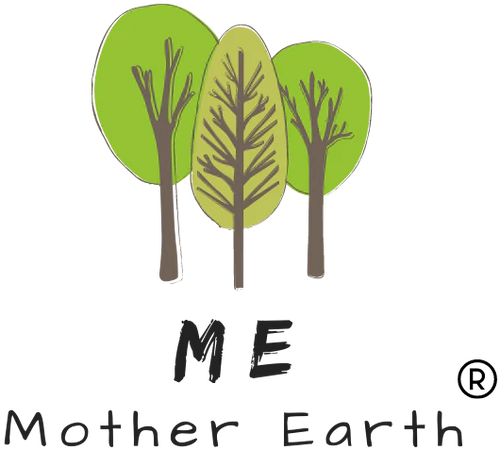I am one of the lucky folks who live in an area that has curbside recycling. I don’t even have to separate my recyclables into different bins; I just chuck all my newspapers, junk mail, shipping boxes (broken down, of course,) cans, and bottles into the same bin and haul it to the curb on garbage day. I’m also blessed with a yard waste bin that takes all my compostable crap - grass clippings to banana peels - to a facility to be mechanically composted. Spoiled, for sure. It’s incredibly frustrating to me that this isn’t more common in our super industrialized nation, but it turns out that solid waste management is a local issue. Sure, there is some minor federal legislation but most decisions are made at the state or even the “municipal” (read that city, county, or area) level. Wild.
In 2018, we made about 292.4 million tons of municipal solid waste, otherwise known as garbage, or roughly 5 pounds per person per day. Grosssss. Not all of that goes to a landfill thankfully due to recycling, composting, and combustion with energy recovery (trash can be incinerated and the generated heat used for power.) We’ve talked about the fact that recycling is far from perfect before. I thought I had a good handle on what I could toss in my bin; turns out I always have more to learn. So let’s talk about 4 things I thought I could recycle that should never go into your recycling bin.
- 2 inch by 2 inch (or anything smaller) plastics

2. White or dark colored #1 type plastic

3. Mixed plastic containers
Remember that often a whole batch of recycled plastic gets incinerated because of contamination. Many beauty products like shampoo bottles contain mixed plastics and are therefore, not recyclable, so opt for something like this instead and skip the bottles entirely. Deodorant canisters (better option,) dental floss canisters (also better option,) and the spray top on your cleaning products are all made of mixed plastics. No bueno.
4. Flexible films and pouches
Plastic films are tricky. Your cling wrap (don’t use that, here’s a better idea, ) is never going anywhere but a landfill. Some films like those little air filled pouches used to cushion shipped products are recyclable, but should never be placed in a bin. Just like the little stuff, they wreak havoc on the machinery. Same goes for the pouch the cereal was in inside the box. When in doubt, sadly, throw it out.
Not going to lie, I’ve been spending way too much time researching this stuff and it can be depressing. As always, I urge you to check with your local waste management company because the rules vary widely from region to region. I know that you’re the kind of person who will bother to do just that, and that gives me hope. Mother Earth needs all hands on deck.

